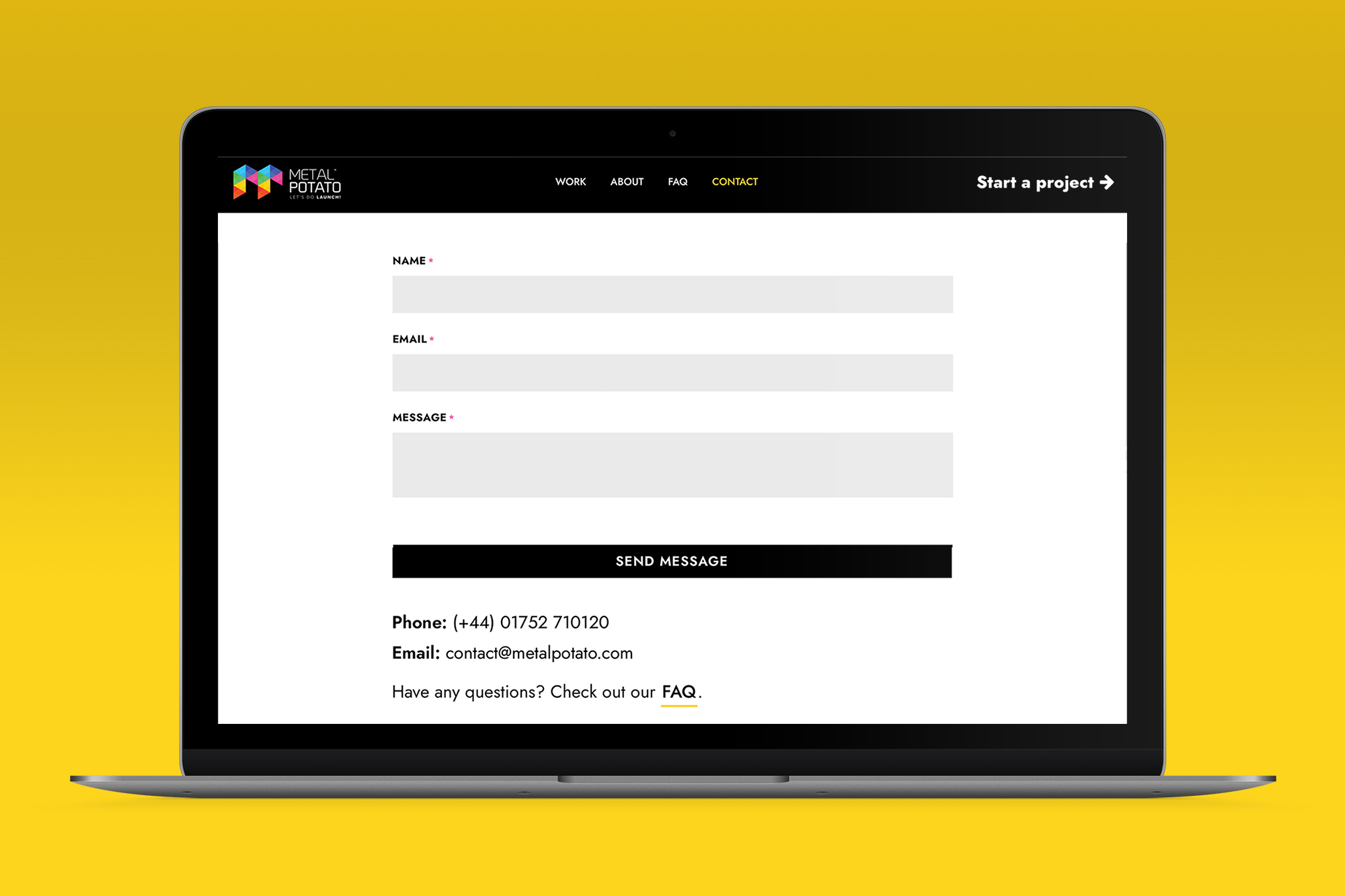Are you looking to optimise your website’s organic presence and improve its performance on Google? Look no further than Google Search Console.
In this comprehensive guide, we will walk you through everything you need to know about Google Search Console and how to use it effectively. Whether you’re a business owner, marketer, or SEO specialist, this tool is a must-have in your digital arsenal.
What is Google Search Console?
Google Search Console, formerly known as Google Webmaster Tools, is a free platform provided by Google that allows website owners to monitor how their sites are viewed and indexed by the search engine giant. It offers valuable insights into your site’s performance, including information on referring domains, mobile site performance, rich search results, and top traffic queries and pages.
At first, Search Console may seem overwhelming with its labels, filters, and graphs. But don’t worry, we’ll guide you through the process and help you become a pro in no time.
Why use Google Search Console?
The search console is a powerful tool that provides essential data and metrics necessary to monitor your website’s performance in search. It offers insights into how Google views your site and helps you optimise its organic presence. Here are some key reasons why you should use Google Search Console:
1. Monitor indexing and crawling
With Google Search Console, you can track how Google is indexing and crawling your website. You’ll be able to identify any crawl errors, blocked pages, or issues that may prevent your site from being fully indexed. By monitoring these metrics, you can ensure that your website is being properly crawled and indexed by Google.
2. Identify and fix errors
Search Console provides valuable information about errors that may be impacting your website’s performance. It alerts you to issues such as server errors, mobile usability problems, and broken links. By addressing these errors promptly, you can improve your site’s user experience and overall search performance.
3. Gain insights into search performance
One of the most significant benefits of using Google Search Console is gaining insights into your website’s search performance. You can view data on impressions, clicks, and average position for specific queries and pages. This information helps you understand how your site is performing in search results and identify opportunities for improvement.
4. Request indexing of updated pages
If you’ve made significant changes to your website, you can use the console to request indexing of the updated pages. This ensures that Google’s index is up to date with the latest content on your site. It’s a handy feature that allows you to expedite the indexing process and get your new content discovered faster.
5. Review internal and external links
Search Console provides valuable insights into your site’s internal and external links. You can see which pages are linking to your site and identify any broken or low-quality links. By monitoring your link profile, you can ensure that your website is receiving high-quality backlinks and improve your overall search visibility.
Verifying your site
Verifying your site on Google Search Console is essential to gain access to valuable data and control over how Google crawls and indexes your site. While verification may seem like an extra step, it ensures the security and privacy of your website’s information. Let’s take a closer look at the verification methods provided by Google.
HTML file upload
One of the common methods of verifying site ownership is through HTML file upload. Here’s how you can do it:
- Go to the Search Console and open the Property Selector dropdown in the top left-hand corner of any Search Console page.
- In the pop-up labeled “Select Property Type,” enter your website’s URL and click the “Continue” button.
- Select the HTML file upload method and download the HTML file provided by Google.
- Upload the HTML file to the root directory of your website. This directory is typically located at https://example.com/.
- Once the file is uploaded, go back to the Search Console and click the “Verify” button to complete the verification process.
By following these steps, you can quickly verify ownership of your website using the HTML file upload method.
Meta tag verification
Another common method for verifying site ownership is through a meta tag. Here’s how you can verify your site using this method:
- Go to the Search Console and open the Property Selector dropdown.
- Enter your website’s URL in the pop-up and click “Continue.”
- Select the meta tag verification method and copy the provided meta tag code.
- Paste the meta tag code into the <head> section of your website’s HTML code.
- Save the changes to your website’s HTML code and go back to the Search Console to click the “Verify” button.
By adding the meta tag to your website’s HTML code, you can easily verify ownership and gain access to the console.
URL versions: WWW domain or not?
When adding your website to Google Search Console, you may come across the question of whether to include the “www” prefix in your domain or not. It’s important to understand that these versions represent different servers from a technical perspective, even though they may appear similar.
For example, “hubspot.com” and “www.hubspot.com” are considered two unique domains. It’s essential to consider which version you want to use for your website and ensure that you add both versions as separate sites in Google Search Console.
By including both versions of your URL, you can effectively track data for each domain and ensure that you’re getting a comprehensive view of your website’s performance.
Conclusion
So, what are you waiting for? Take control of your website’s search presence with Google Search Console and unlock its full potential.
Looking to optimise your website’s performance and improve its search rankings? Get in touch with us today to explore our range of services if you’re eager to elevate your business to the next level.
Let's make a website!
Book a FREE video call to discuss your business, project strategy, and more!
"*" indicates required fields
More from Metal Potato
How to Write SEO Content That Converts
How to craft SEO content that climbs rankings! Strategies for keyword targeting, readability, and engaging writing techniques.
Contact Page Design: A Blueprint for Success
Learn how to optimise your contact page for better engagement and conversions with expert tips and inspiring examples.
Why Your Website Isn’t Showing Up on Google
Discover why your website isn't showing up on Google and learn actionable solutions to boost your visibility!
How Google Remarketing Rescues Lost Customers
Revive lost leads with Google Remarketing! Target engaged visitors, boost ROI with personalised ads across Google platforms.
Unmasking SEO Scams and Safeguarding Your Website
Guard your business against SEO scams! Uncover deceitful tactics, red flags, and empower your online success with our tips.
How Often Should You Blog?
Optimise your blog's success with the perfect posting frequency! Learn to balance consistency, quality, and engagement for organic growth.






